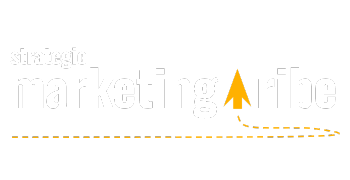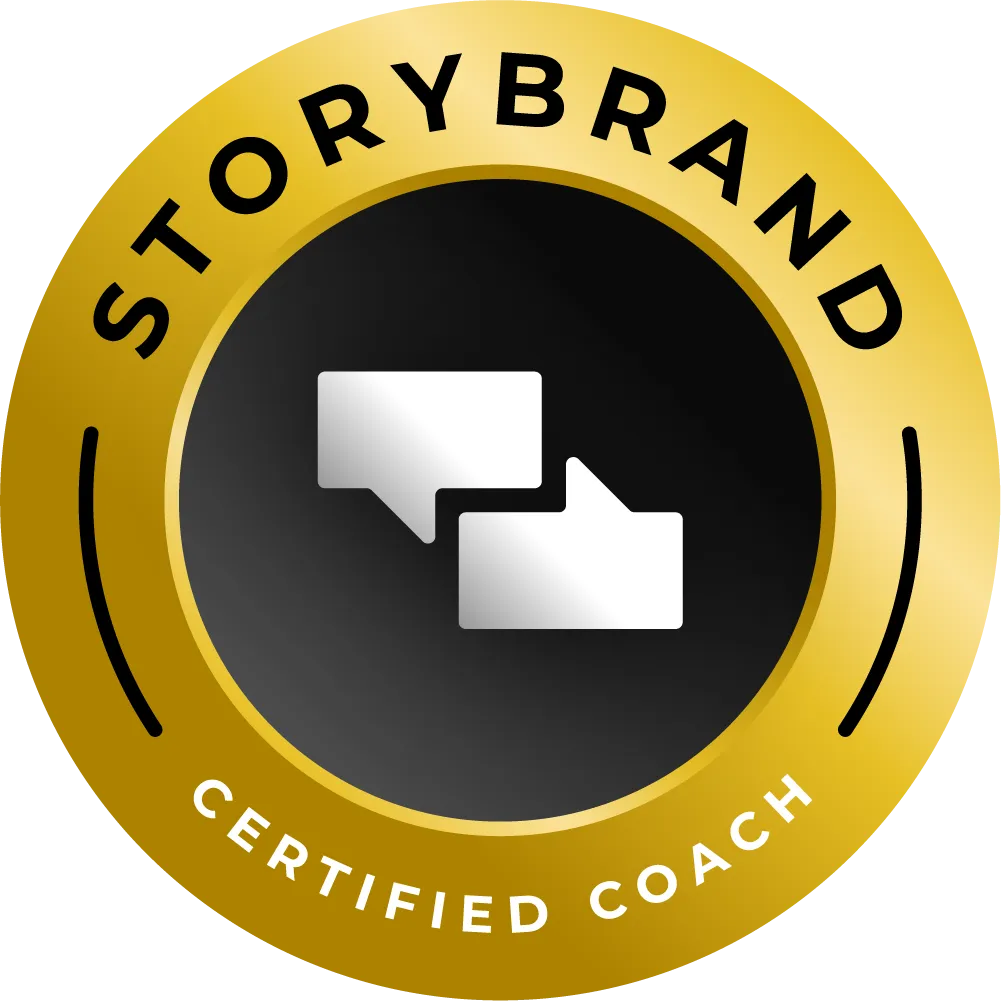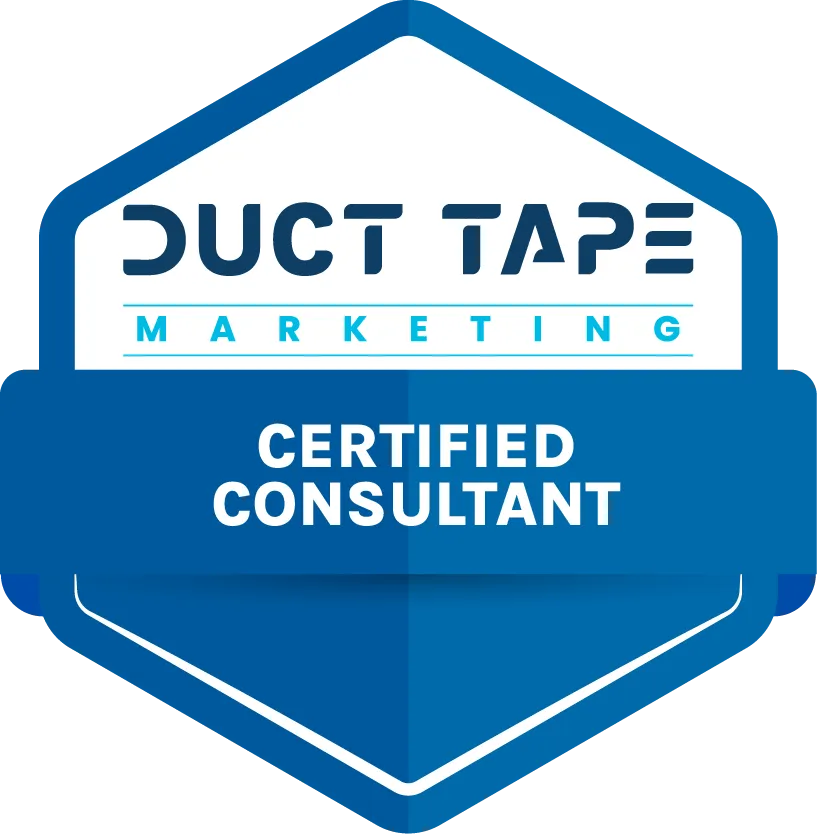STORY, MEET STRATEGY
Let’s make marketing feel less robotic and more real.
Find resources that bring your message—and your business—to life.

Define Your Brand Voice and Build Instant Recognition
By Vicky Sidler | Published 15 November 2025 at 12:00 GMT+2
If your brand were a person, would you want to have coffee with it—or avoid eye contact at a networking event?
That’s the power of voice. And no, I don’t mean the soprano who answers your phone. I’m talking about the way your business sounds every time it opens its metaphorical mouth. I’m Vicky Sidler, a StoryBrand Certified Guide and Duct Tape Marketing strategist who believes your brand voice is one of your most valuable marketing assets. Not your logo. Not your tagline. Your voice.
But most small businesses skip the step of defining it, which means they end up sounding like three different people arguing in a trench coat.
Let’s fix that.
TL;DR:
Your brand voice is your business’s personality in words
Consistent voice can increase revenue by up to 33 percent
Voice is constant. Tone adapts depending on context
Define values, know your audience, then document your style
Test and refine your voice across platforms
👉 Need help getting your message right? Download the 5-Minute Marketing Fix
Table of Contents:
Define Your Brand Voice and Build Instant Recognition
Voice and Tone Are Not the Same Thing:
6 Steps to Define Your Brand Voice:
2. Know Who You’re Talking To:
4. Audit What You Already Say:
5. Create a Personality Spectrum:
6. Build a One-Page Voice Guide:
Why Voice Is Your Real Differentiator:
1. How to Find Your Unique Selling Proposition Fast
2. StoryBrand Certified Guide Helps Fix Small Business Messaging
3. Brand Strategy Framework: Build It on One Page
4. 5-Minute Marketing Makeover Fix: Write a Clear StoryBrand One-Liner
5. The Complete Guide to Strategic Marketing
6. Unleash Your Brand: Harness the Power of StoryBrand
FAQs About Defining Your Brand Voice
2. How is brand voice different from tone?
3. Why does brand voice matter for small businesses?
4. How do I choose the right brand voice?
5. Can my brand voice evolve over time?
6. How do I get my team to stay consistent?
7. Do I really need to document my brand voice?
8. What if I’m the only person in my business?
Your Voice Is Not Your Logo:
Your logo is your face. Your voice is everything that comes out of your mouth. And in business, words do a lot of heavy lifting.
Brand voice is how you communicate across emails, websites, social posts, ads—even invoices. It’s the combination of tone, language, and personality that makes your business sound like... well, you.
When your voice is clear and consistent, customers start to feel like they know you. That’s the first step toward trust, recognition, and repeat business.
Voice and Tone Are Not the Same Thing:
Let’s clear this up with a coffee analogy. Your voice is who you are—a friendly expert with a mild caffeine addiction. Your tone is how you show up in the moment. Encouraging if your customer’s stuck. Excited if you’ve got a big sale. Calm if they’re panicking.
Voice stays the same. Tone shifts with context.
6 Steps to Define Your Brand Voice:
1. Get Clear on Who You Are:
List your brand’s values and personality traits. Ask: if my business were a person, how would they sound?
Pick 3 to 5 traits. For example:
Friendly
Straightforward
Knowledgeable
Approachable
Honest
These will guide every piece of communication moving forward.
2. Know Who You’re Talking To:
Your voice must resonate with your audience. That means understanding how they speak, what they care about, and how they want to be addressed.
Tip: Imagine a conversation with your ideal customer over coffee. How would it flow?
3. Study Your Competitors:
See how others sound—then deliberately choose not to sound like them. Find your gap. The goal is recognition, not repetition.
4. Audit What You Already Say:
Chances are, your brand already has a bit of a voice—it just hasn’t been captured yet. Review your emails, posts, and website copy. Look for patterns.
What sounds like you? What doesn’t? Keep the former. Nix the rest.
5. Create a Personality Spectrum:
Think of this as your voice settings menu. Where do you sit?
Friendly ↔ Formal
Playful ↔ Serious
Simple ↔ Detailed
Expert ↔ Approachable
Write a line explaining each. This helps your team keep things consistent—even across different writers.
6. Build a One-Page Voice Guide:
You don’t need a brand bible. Just one clear page that includes:
A two-sentence summary of your voice
Your five core attributes
Vocabulary to use (and avoid)
Tone guidelines by platform
Examples of your voice in action
7. Test and Tweak
Start using your new voice everywhere. Then ask:
Does this feel true?
Does it sound like us?
Are customers responding?
If not, adjust. Voice evolves slowly—but the core should stay stable.
Why Voice Is Your Real Differentiator:
Most businesses focus on what they sell. Few focus on how they sound. That’s your edge.
In a noisy world, a clear voice cuts through. It builds trust. It creates connection. And it lets your customer say, “I don’t know what it is—I just like them.”
Want a shortcut to defining your message? Start with the one sentence that sets the tone for everything: your brand one-liner.
Get my 5-Minute Marketing Fix to write a one-liner that makes your voice clear, consistent, and compelling.
Related Articles:
1. How to Find Your Unique Selling Proposition Fast
You’ve nailed the how of your message with voice. Now discover what to say. This article helps you find the one thing that sets your business apart—so your voice has something meaningful to say.
2. StoryBrand Certified Guide Helps Fix Small Business Messaging
Your voice is just one part of the bigger message puzzle. This post shows how it fits into the full StoryBrand framework to create messaging that sticks.
3. Brand Strategy Framework: Build It on One Page
Voice without strategy is just noise. Learn how to position your voice inside a full brand strategy that aligns values, message, and delivery.
4. 5-Minute Marketing Makeover Fix: Write a Clear StoryBrand One-Liner
Want to put your new voice to work right away? Start with the one-liner. This tool helps you write the most important sentence in your marketing.
5. The Complete Guide to Strategic Marketing
Voice is step one. This guide takes you through the rest of the journey—so you can build a marketing system that works at every stage of the customer experience.
6. Unleash Your Brand: Harness the Power of StoryBrand
This one explains why voice matters through the lens of StoryBrand. Learn how to use your voice to show up as the guide in your customer’s story.
FAQs About Defining Your Brand Voice
1. What is a brand voice?
Your brand voice is the personality of your business expressed in words. It’s how you sound across all channels—email, website, social media, and more. It reflects your values, shapes how customers see you, and builds trust over time.
2. How is brand voice different from tone?
Voice stays the same. Tone changes. Your voice is your business’s personality. Your tone adjusts to suit the situation—like sounding cheerful in a promo or calm when replying to a complaint.
3. Why does brand voice matter for small businesses?
You may not be able to outspend big brands, but you can out-connect them. A consistent brand voice builds recognition, loyalty, and trust. Research shows it can even boost revenue by up to 33 percent.
4. How do I choose the right brand voice?
Start by identifying your values, your audience, and your personality traits. Think about how your ideal customer talks and what makes them feel understood. Then write it all down and refine it.
5. Can my brand voice evolve over time?
Yes—but it should evolve slowly. The core personality should stay stable while tone and examples can adapt as your business grows or your audience shifts.
6. How do I get my team to stay consistent?
Create a one-page brand voice guide. Include key traits, sample language, do's and don'ts, and tone guidelines for different platforms. Make it easy for anyone on your team to follow.
7. Do I really need to document my brand voice?
Yes. If it’s not documented, it’s up for interpretation. A written guide helps your voice stay consistent—even when different people are writing for your brand.
8. What if I’m the only person in my business?
Great. You’re the easiest team to align. Defining your brand voice now means less second-guessing, clearer content, and faster writing across the board.
9. How do I know if I got the voice right?
Ask yourself: Does this sound like me? Will my audience feel connected? Is it different from competitors? Can I use it across channels? If yes, you’re on the right track.
10. Where should I apply my brand voice first?
Start with your one-liner. It’s the first thing people see. Then update your homepage, email signature, and social media bios. From there, keep going one touchpoint at a time.
👉 Need help writing your one-liner?Download the 5-Minute Marketing Fix to get started.
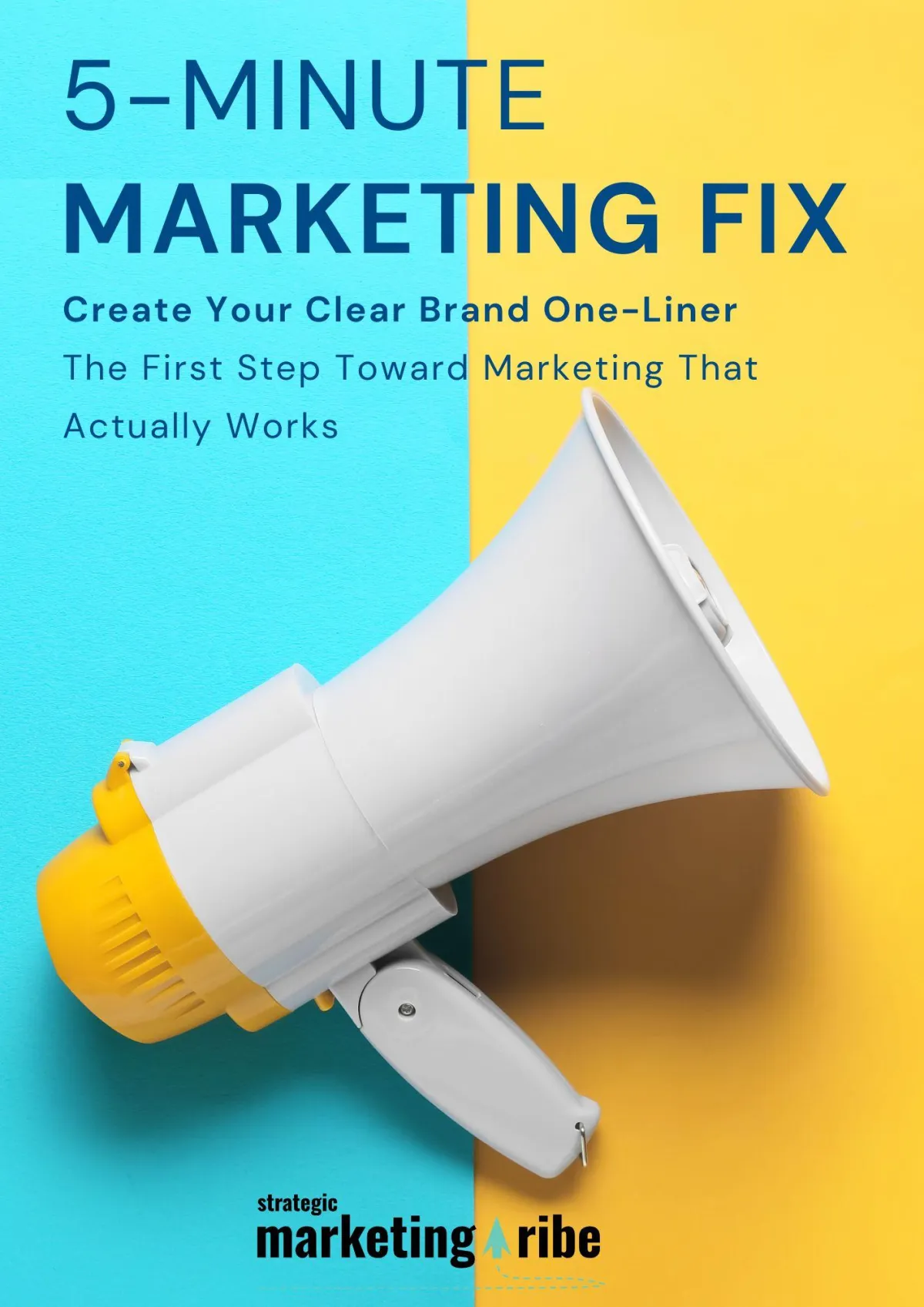
Created with clarity (and coffee)

